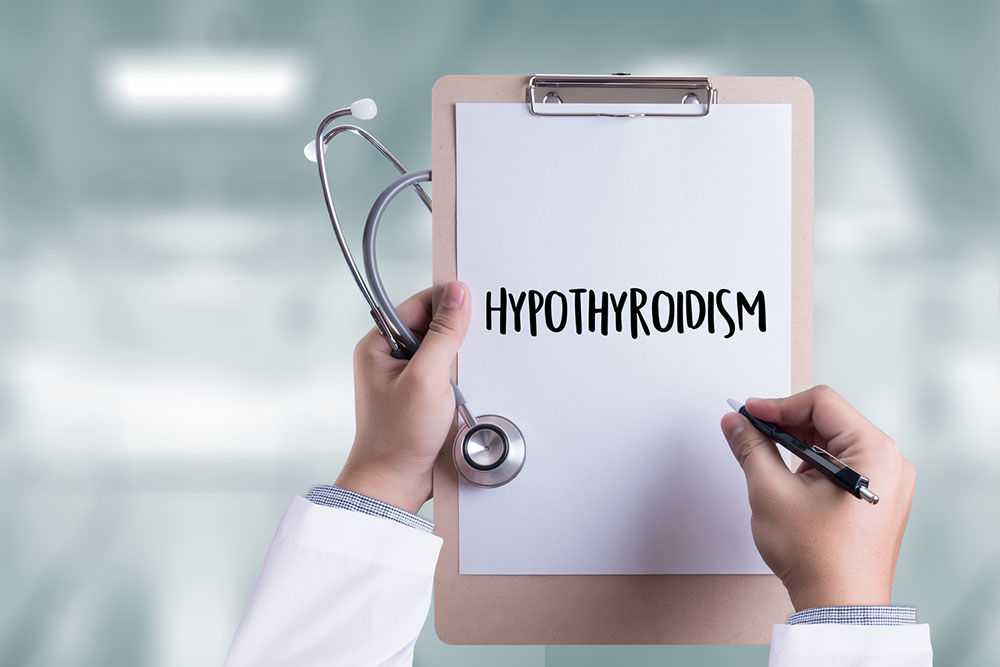Understanding Thyroid Disorders: Hyperthyroidism and Hypothyroidism Overview
Learn about the differences between hyperthyroidism and hypothyroidism, their symptoms, causes, and importance of early diagnosis. Understand how thyroid hormones regulate metabolism and what signals indicate thyroid issues to ensure prompt medical attention and better health outcomes.

Understanding Thyroid Disorders: Hyperthyroidism and Hypothyroidism Overview
The thyroid gland, shaped like a butterfly and situated in front of the neck just below the Adam’s apple, plays a vital role in regulating the body's metabolism. It features two lobes connected by the isthmus. When the gland's function becomes irregular, it can lead to conditions like hyperthyroidism or hypothyroidism. These disorders affect either the gland's activity or its structure, resulting in noticeable symptoms.
The thyroid produces four key hormones that control metabolic processes, primarily thyroxine (T4). A portion of T4 is converted into T3, the more active hormone. Iodine is essential for synthesizing these hormones, with the brain's feedback system regulating the process.
When thyroid hormone levels decrease, the hypothalamus releases TRH, prompting the pituitary to secrete TSH, which stimulates the thyroid to produce hormones. Disruptions can cause various thyroid conditions, notably hypothyroidism and hyperthyroidism. Symptoms of hypothyroidism include dry skin, constipation, fatigue, weakness, and difficulty concentrating. Causes often include autoimmune diseases like Hashimoto’s and iodine deficiency. Conversely, hyperthyroidism results in symptoms like increased appetite, tremors, nervousness, rapid heartbeat, sleep problems, and anxiety, often caused by Graves’ disease or excess iodine intake. Early diagnosis is key to effective management of these thyroid issues, improving prognosis and quality of life.










